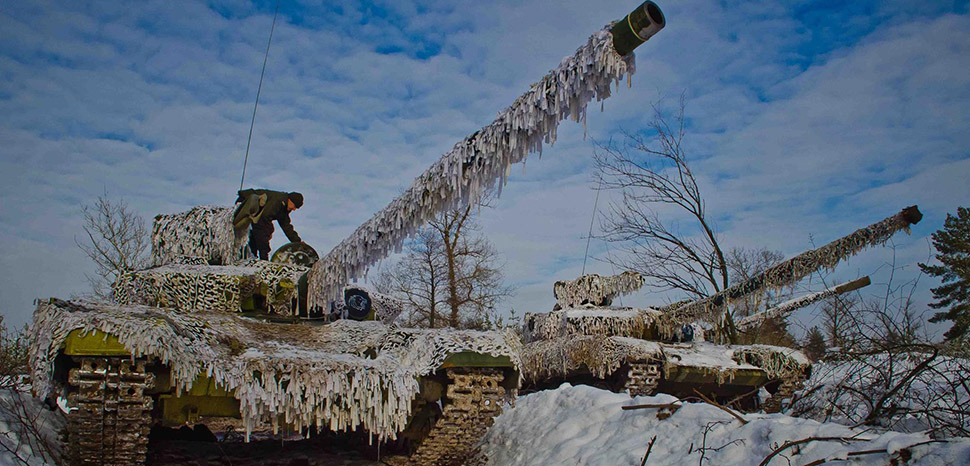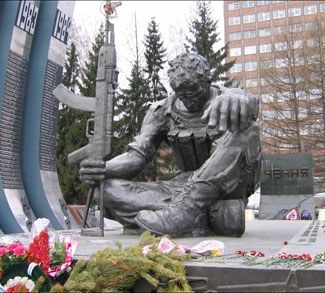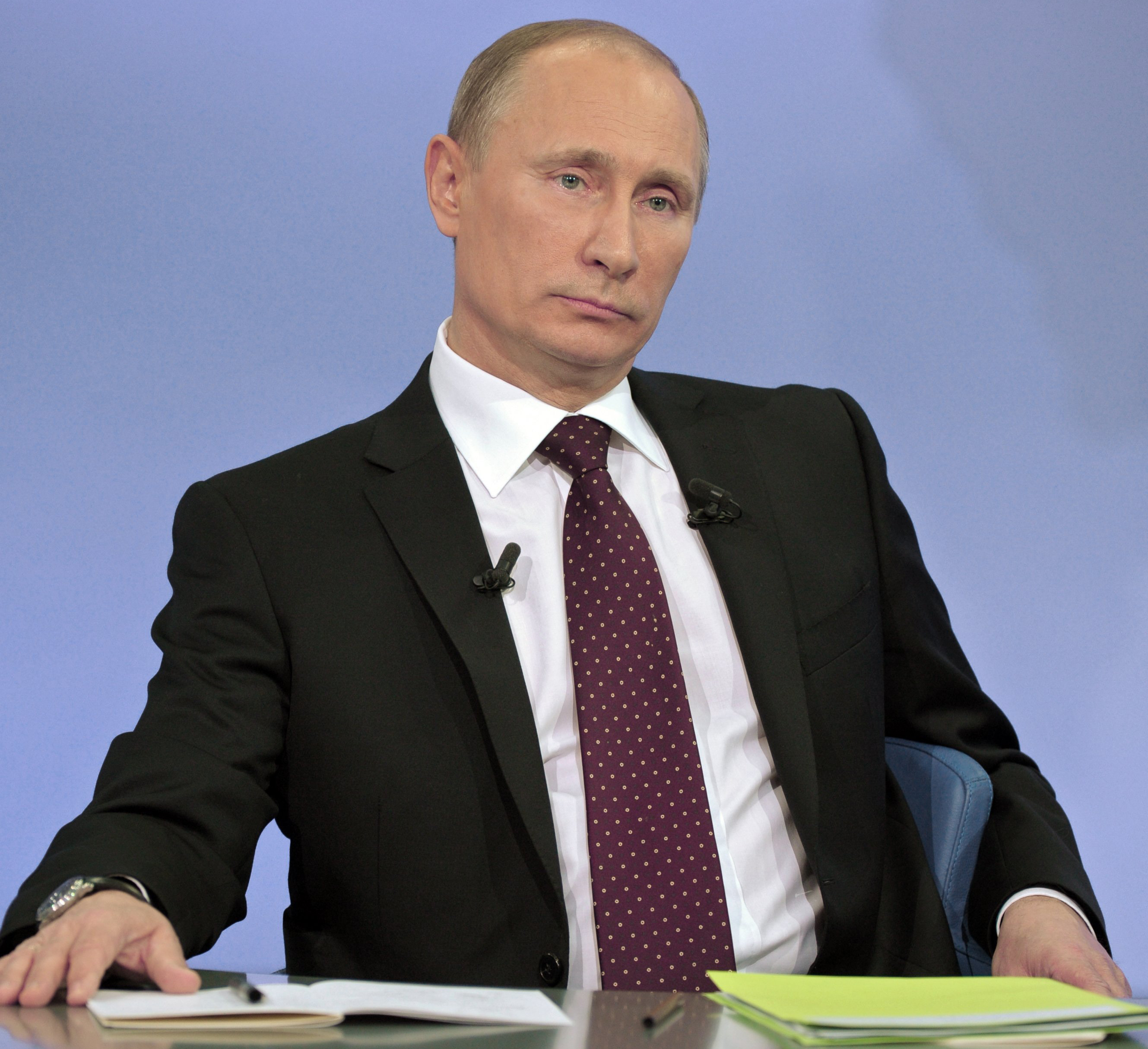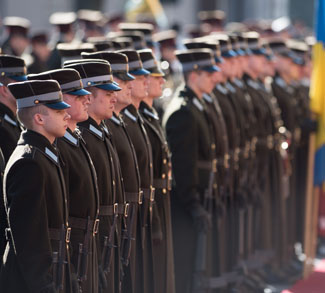“Things are not going well for us on the battlefield,” prominent Russian news anchor Vladimir Soloviev reportedly told Rossiya 1 in early October, according to the German daily Der Tagesspiegel.
Just before that, the defeat of the Russian army between Kharkiv and Kupyansk and the Ukrainian capture of the strategically important 20,000-soul town of Lyman occurred. On this occasion, the President of Chechnya, Ramzan Kadyrov, demanded the demotion of the responsible commander, Colonel General Alexander Lapin and then, a week later, General Sergei Surovikin was elevated to the post of Commander-in-Chief of the Russian Armed Forces in Ukraine. Criticism of the failed campaign is not new. Back in the summer, warnings from milbloggers about the army leadership’s strategy led to a meeting of its key representatives with President Putin.
Even earlier, three weeks before Russia’s invasion was launched, Mikhail Khodarenok had published the article “Predictions of bloodthirsty political analysts” [orig.: Прогнозы кровожадных политологов] in Moscow’s Nezavisimaya Gazeta on February 3, 2022. In it, the former head of the 1st direction group of the 1st Directorate of the Main Operative Directorate of the Russian Armed Forces General Staff set the record straight on the major misconceptions of numerous Russian “analysts” and strongly advised against taking up arms. Chodarenok described in his extremely readable article that the Ukrainian army is far stronger than in 2014, since it is aligning itself with NATO standards, and that “no one in Ukraine will welcome the Russian army with bread, salt, and flowers,“ not even the Russian-speaking population. Moreover, the hatred of Ukrainians against Russia as a motor of the will to fight should not be underestimated and even a massive first strike would not be able to bring Ukraine down, meaning that “[…] there will be no Ukrainian blitzkrieg,“ because, in addition, Russia would enough lack high-precision weapons. “Total” air superiority was equally meaningless in its own right, an assertion Chodarenok substantiated with the Russian wars in Afghanistan and Chechnya. The former colonel also saw a major threat in urban combat: “So the Russian army in a hypothetical war with Ukraine could face far more than just Stalingrad and Grozny.” Ultimately, he assumed that the West would supply Ukraine with weapons on a large scale and that the United States would “certainly” reactivate Lend-Lease.
Chodarenok’s words read like a premonition of present time, the ninth month of the Ukraine war. In addition to the aforementioned misjudgments, other problems have emerged within Russian warfare, problems that could only be mitigated to a small extent by the Russian army leadership. By present appearances, there has been a primacy of politics over military considerations in important military decisions. Above all, however, the military capabilities of Russia’s army have been overestimated, beginning with the quality of Russian soldiers. Their morale was low from the onset. The generals initially led their troops to believe they were participating in military exercises. Lack of equipment, shocking reports of Russian soldier life at the front reminiscent of World War II, logistical difficulties and supply problems, and military failures against a motivated and tenacious opponent, all served to lower the morale of Russian soldiers and Rosgvardia units further. Only some troops of the so-called Luhansk and Donetsk People’s Republics, the Wagner Group, and also Chechen fighters are considered professional and ready to fight.
However, an old German saying goes that the fish always stinks first at the head. This is evident in the Russian army leadership’s rigid and immobile chain of command, which previously characterized the Soviet Union’s army and produced excessively slow reaction times – a fatal disadvantage when compared to agile Ukrainian soldiers, who operate on some fronts in partisan style or in smaller units. This is compounded by ineffective cooperation among the air force, artillery, and infantry, as well as weaknesses in aerial reconnaissance, allowing the Ukrainians to move troops and materiel to the front at will.
Recent months have also revealed a shortage of precision munitions for long-range artillery and nonballistic missiles such as cruise missiles and hypersonic weapons. As Mark B. Schneider explains in USNI, Russia’s high-precision missiles hardly deserve their name. In his article, Schneider quotes an unnamed Russian military journalist who pointed out that back in 2017, Kalibr cruise missiles had an accuracy of about 30 meters, while the air-launched Kh-101 cruise missile had an “accuracy of five to 50 meters.” Schneider likewise quotes Russian journalist Pavel Felgenhauer as saying, “the Iskander as well as other Russian non-strategic missiles can be truly effective only with a nuclear warhead.”
The inferiority of Russian weapon systems compared to Western products also constitutes a heavy burden for the Russian army. An impressive example is provided by multiple rocket launchers such as HIMARS, Mars-II and M 270, whose precision attacks on military infrastructure such as ammunition depots, accumulations of soldiers, bridges, tracks and command posts have left Russian troops largely helpless since the summer. The GMLRS munitions have also forced the Russians to withdraw their ammunition depots at least 70 kilometers behind the front lines, further complicating logistics.
The only bright spot for the Russians at the moment is their artillery, especially when the artillery fire is concentrated in a geographically small area on three sides. Then the Russian army develops incredible firepower, not from precision, but from incessant shelling that depresses the enemy and levels enemy positions – a plan that worked in the capture of Severodonetsk and Lysychansk, where the “Center” group under Alexander Lapin and the “South” group under Sergei Surovikin worked together.
Moreover, there is another glaring weakness due to the initial conception of the Russian attack and the changed objectives over time: the length of the active front line. Although it has already been greatly shortened – see the withdrawal from the areas of Kyiv and Kharkiv – according to Brigadier General Oleksii Hromov, deputy chief of the Main Operational Department of the General Staff of the Armed Forces of Ukraine at the end of September, it is about 850 kilometers. The extent of this figure boggles the mind; in terms of Europe, it is equivalent to the distance as the crow flies from Vienna to Flensburg in northern Germany on the Danish border; in Canada, it is the distance between Vancouver and Edmonton; and in the United States, from New York to Flint, Michigan.
However, this also means that an attacking army of 120,000 soldiers can deploy an average of 141 soldiers per kilometer. Thus, especially between the Dnieper and Hulyapol, Russian troops are in constant danger of the Ukrainian army making a breakthrough in this currently not particularly hotly contested area. Let’s remember: Russian sources spoke of about 10,000 Ukrainian soldiers and a numerical ratio of 10:1, who took Balaklia and collapsed the entire front between Kharkiv and the Oskil River. And even at the front section so important for the attack on Slovyansk and Kramatorsk, there was no continuous line of defense.
Perhaps the recent Russian partial mobilization should also be seen from this point of view. Moscow can secure the front somewhat for the winter months, although the “wet cold” that makes the ground muddy and slushy will present the Russian army with greater problems than the Ukrainian forces, which remain far better equipped for winter by Western countries.




